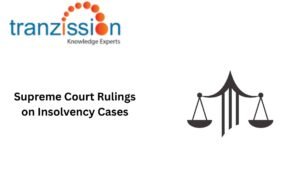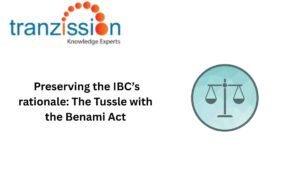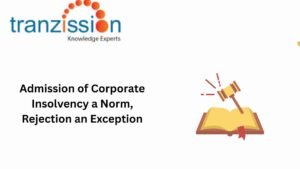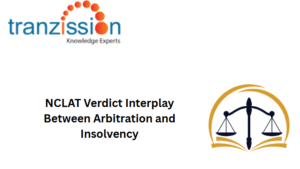
IBC Overrides Electricity Act: Capturing the Fallacy in Rainbow Papers
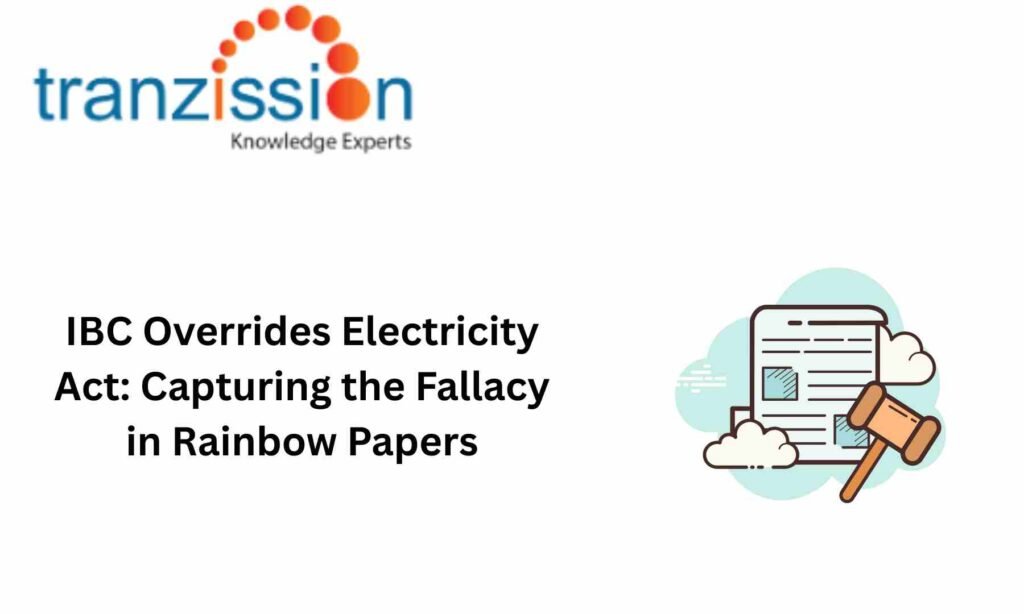
Table of Contents
On 17th July, 2023, the Hon’ble Supreme Court delivered its judgment in Paschimanchal Vidyut Vitran Nigam Ltd. v. Raman Ispat Pvt. Ltd., establishing that the Insolvency and Bankruptcy Code, 2016 (“the IBC”) takes precedence over the Electricity Act, 2003 (“the Electricity Act”). This means that secured creditors, including those with claims under the IBC Overrides Electricity Act:, are subject to the IBC’s proceedings and the priority of distribution of assets within that framework.
Legal Provisions in Focus
The provisions in the IBC Overrides Electricity Act covering the overriding effect both legislations are:
Section 238 of the IBC:
Section 238 states that the provisions of the IBC shall have effect notwithstanding anything inconsistent therewith contained in any other law for the time being in force. This provision is the non-obstante clause of the IBC and establishes the IBC’s overriding effect over other statutes.
Read more : What is rebidding in the resolution process?
Sections 173 and 174 of the Electricity Act, 2003:
Sections 173 and 174 of the Electricity Act cover the overriding effect clauses, thus asserting the Act’s precedence over other laws. Section 173 specifies that the Act will have effect notwithstanding anything inconsistent in any other law, while Section 174 emphasizes its overriding effect.
Judicial Interpretation
The Court in the Paschimanchal Vidyut Vitran Nigam Limited (PVVNL) case sought to recover unpaid electricity dues from Raman Ispat Pvt. Ltd., a corporate debtor undergoing liquidation under the IBC. PVVNL contended that its claims under the IBC Overrides Electricity Actshould take precedence over the IBC’s provisions, which the court accepted. This means that electricity dues are treated like any other debt within the insolvency process, subject to the IBC’s rules and procedures. The court held that Section 238 of the IBC overrides the provisions of the Electricity Act, 2003, including its non-obstante clauses. It emphasized that the IBC’s structured mechanism for resolving insolvency and prioritizing claims takes precedence over the Electricity Act’s provisions. Thus, this decision elucidated the ‘waterfall mechanism’ under Section 53 of the IBC, which outlines the priority of distribution of assets during liquidation. However, the Court underscored that dues owed to entities like PVVNL are categorized based on the nature of the transaction with the corporate debtor and do not hold priority over the claims structured within the IBC framework.
Implications for Insolvency Professionals
Despite the clarity on the jurisdiction of certain insolvency cases, it might complicate the process for the insolvency professionals (IPs) handling the case:
Adherence to the IBC Framework:
As per the statutory responsibilities under the IBC, IPs must adhere strictly to the priority of claims as delineated in Section 53 of the IBC, ensuring that distributions during liquidation comply with the statutory hierarchy.
Handling Statutory Dues:
IBC Overrides Electricity Act dues, when classified as operational debts, are to be addressed in accordance with their position in the waterfall mechanism. In these circumstances, IPs should ensure that such dues are treated appropriately, without granting them undue precedence.
Recommendations for Practice
To simplify the legal hindrances that arise due to the interlinking of the IBC and the Electricity Act, it is recommended:
- That IPs meticulously evaluate all claims against the corporate debtor, categorizing them correctly as per the IBC’s definitions to ensure equitable and lawful distribution of assets.
- That IPs maintain clear and transparent communication with all stakeholders, including utility providers and government entities, is crucial to manage expectations and ensure compliance with the IBC’s provisions.
Conclusion
The Supreme Court’s clarification reinforces the IBC’s supremacy over the Electricity Act, particularly concerning the priority and settlement of claims during insolvency proceedings. One of the pivotal aspects of the judgment was the meticulous analysis of the waterfall mechanism. By recognising that government debts hold a lower priority compared to those owed to unsecured financial creditors, the Court reaffirmed the significance of adhering to a structured order of debt repayment during insolvency proceedings. This provides a robust foundation for maintaining fairness and transparency in insolvency resolution, ensuring the equitable treatment of all stakeholders involved. For insolvency professionals, this underscores the necessity of adhering to the IBC’s structured framework and waterfall mechanism when addressing claims, including those from utility providers.

